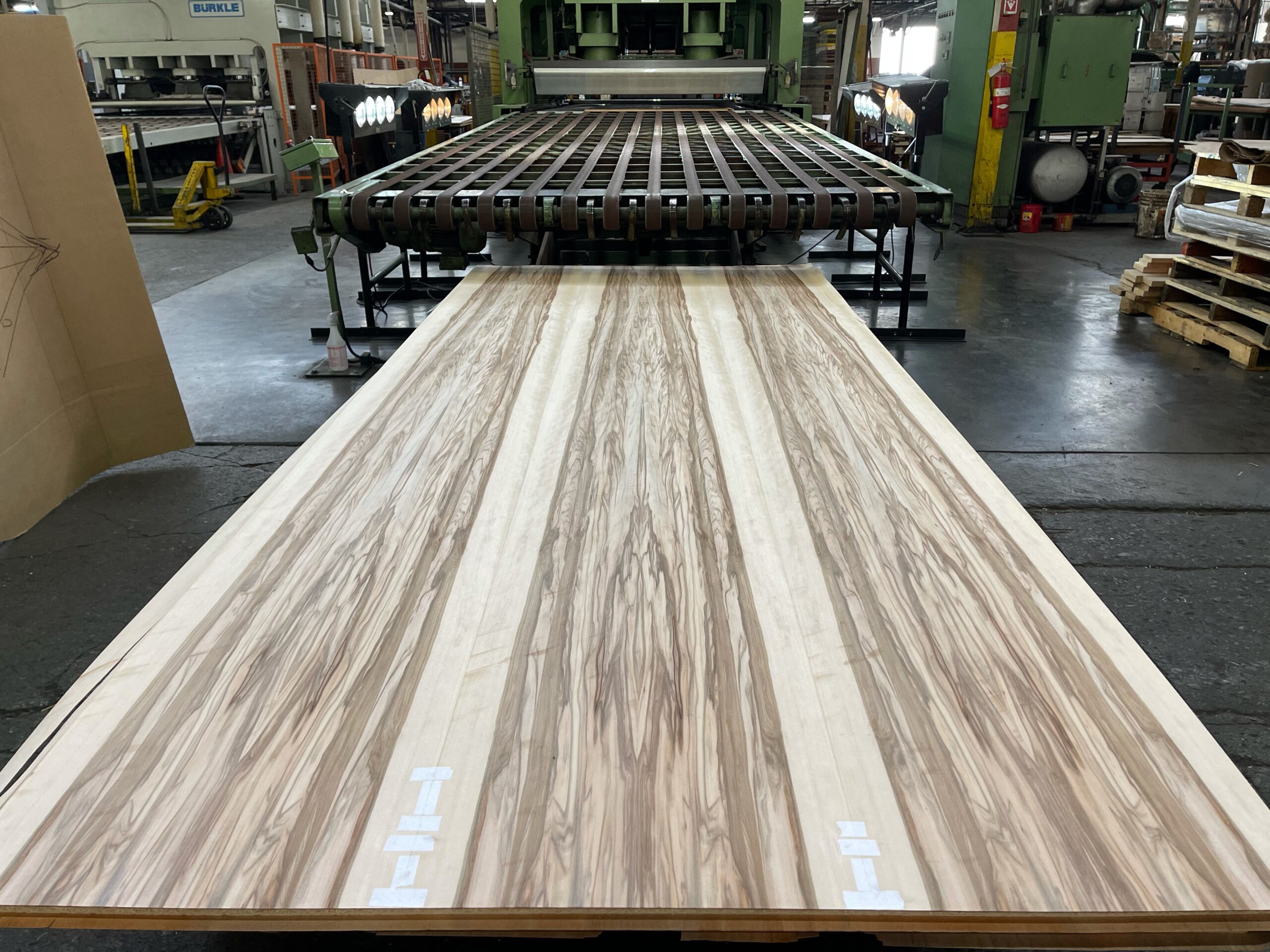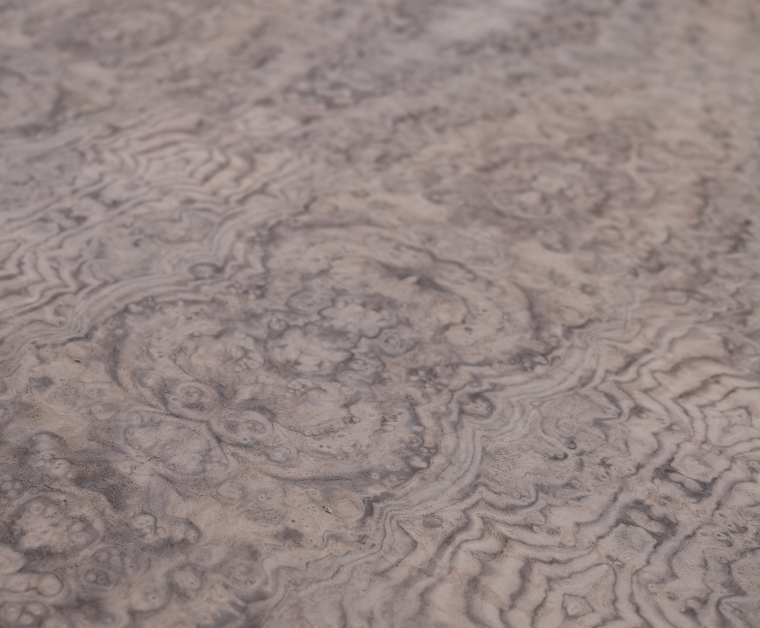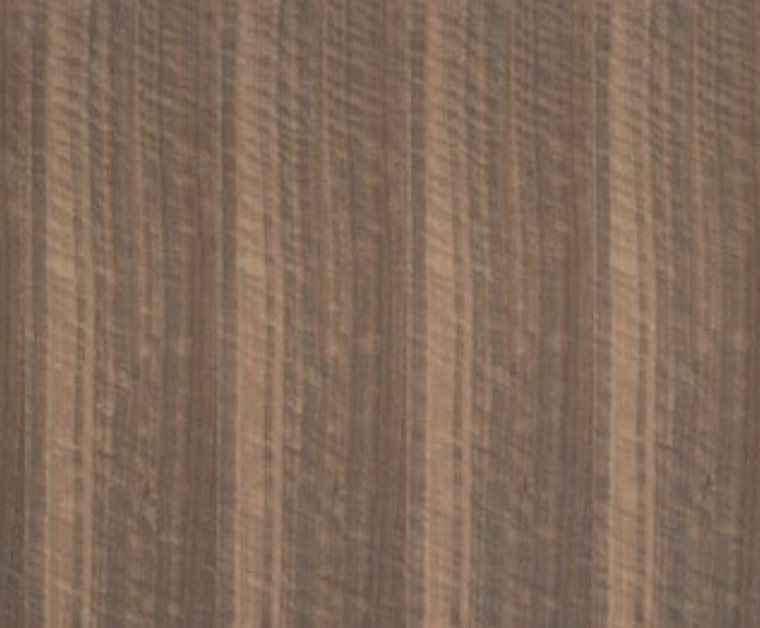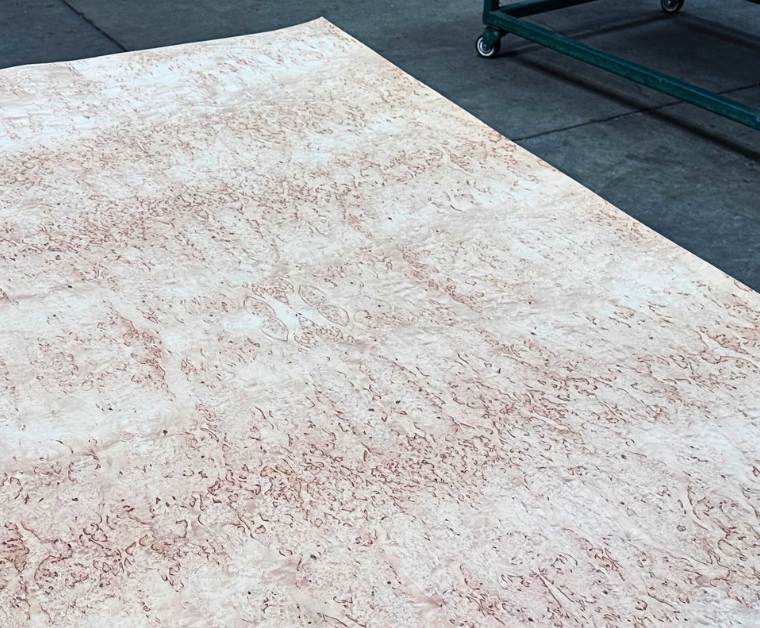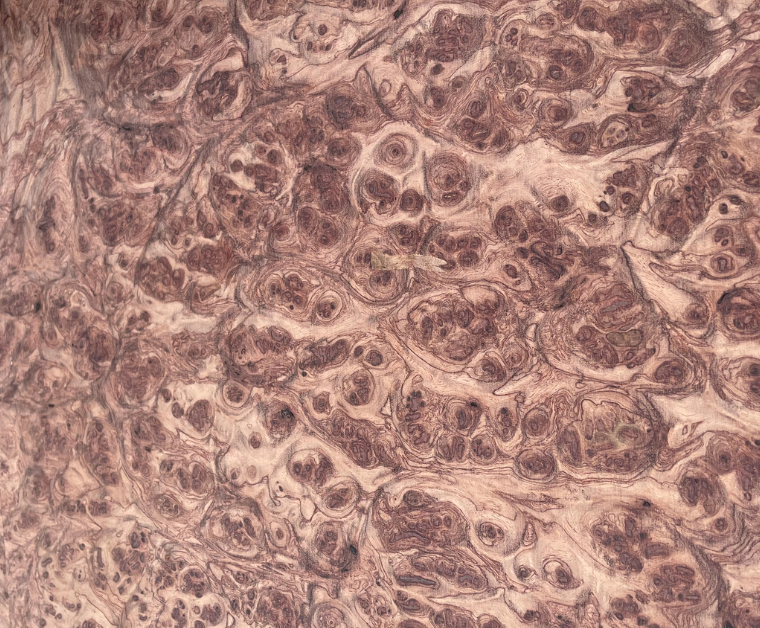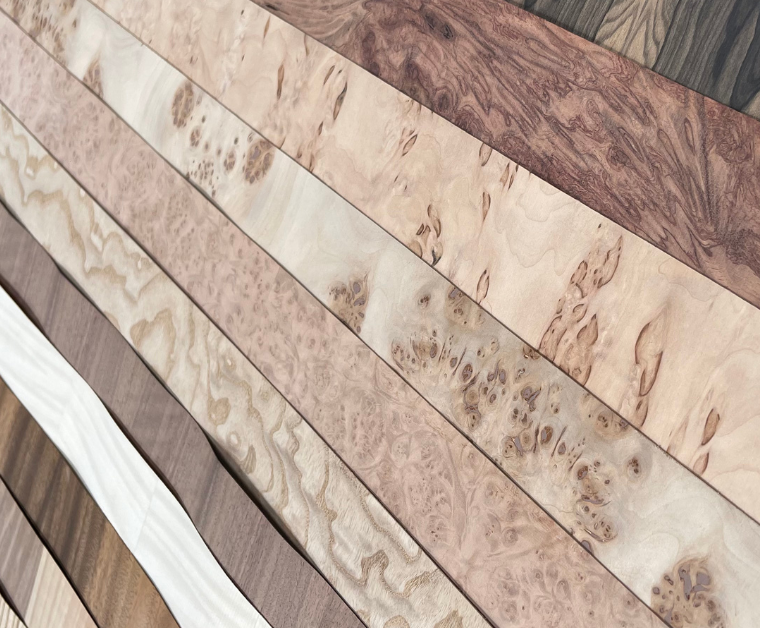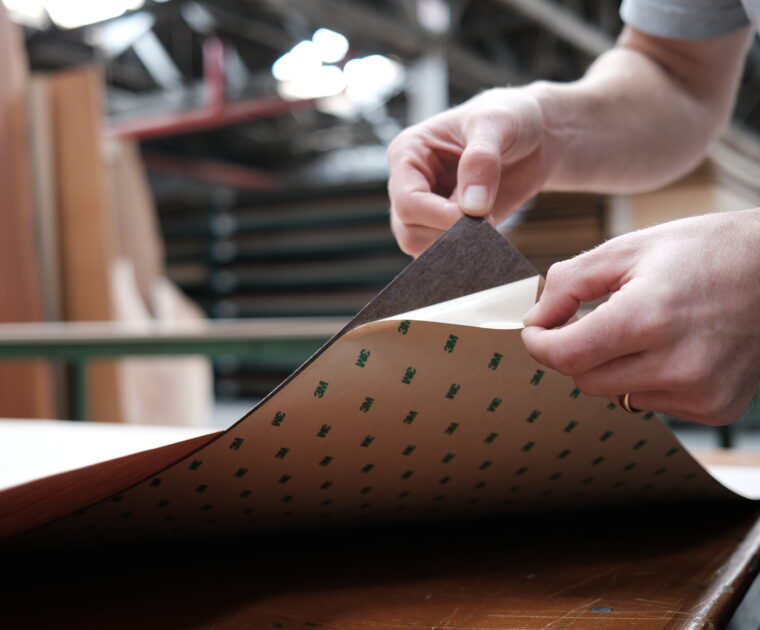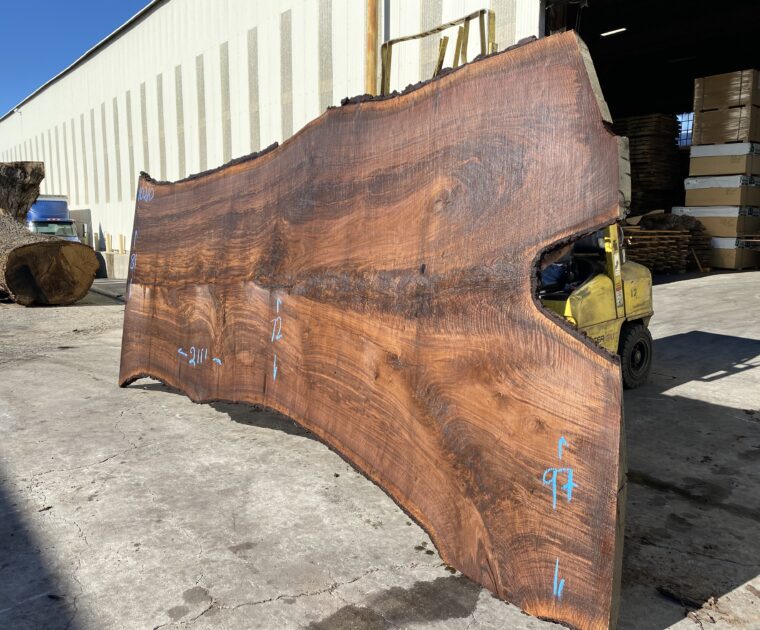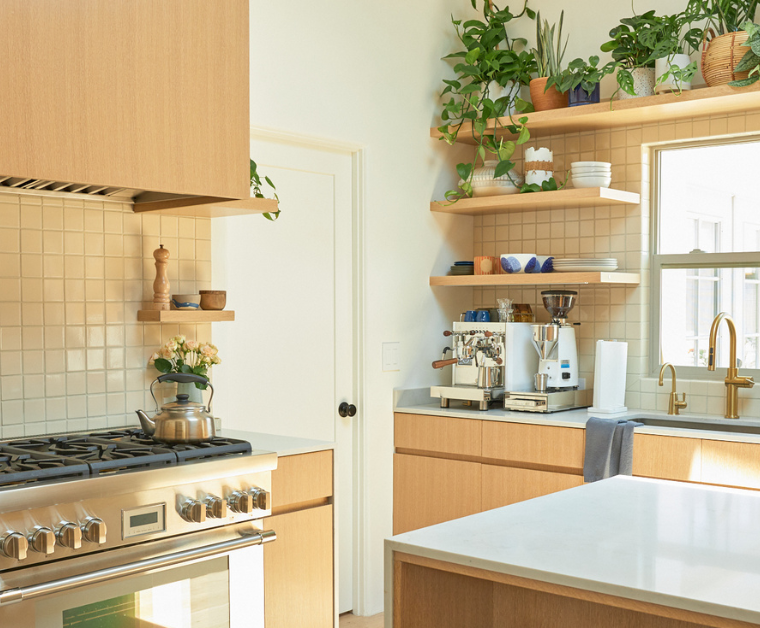What is Plywood Really?
Depending on your experience – or inexperience – in the building industry, “plywood” could represent a variety of things to you. In fact, the term itself is used so broadly to describe any type of “board,” “panel,” or “substrate” made from wood products, that it almost has no meaning at all to the uniformed. Or mean completely different things to different folks.
So, if in reading this its dawning on you that you’re not really sure what plywood is, that’s okay. You’re far from the only one. And as luck would have it, you’re in exactly the right place to find out.
For most people, the first thing that comes to mind when thinking about “plywood” are the sheets of wood they see at Home Depot or Lowe’s — building materials like OSB (“oriented strand board”), or multi-ply sheathing. These types of “structural plywood” are used in home construction, storage sheds, outdoor furniture, and packing crates. (Or a treehouse, fort, or skateboard ramp if you’re a tweenager who lives near a construction site!) No matter what comes to mind when you think of these big box retailer materials, the bottom line is you won’t find structural plywood at GL Veneer.
When we talk about plywood at GL, we’re referring to “non-structural plywood.” A completely different type of wood material, it’s used as interior plywood, or decorative plywood. Non-structural plywood is the material you use when the surface will be visible in your final design, adding to the aesthetics of the space.
The types of non-structural plywood typically used, but not limited to, include:
- MDF (“medium density fiberboard”)
- High-grade, Veneer Core
- Combination Core
- Particle Board
At GL Veneer, when we say “plywood,” we’re referring to one of these types of boards, as each technically falls under the general classification of plywood.
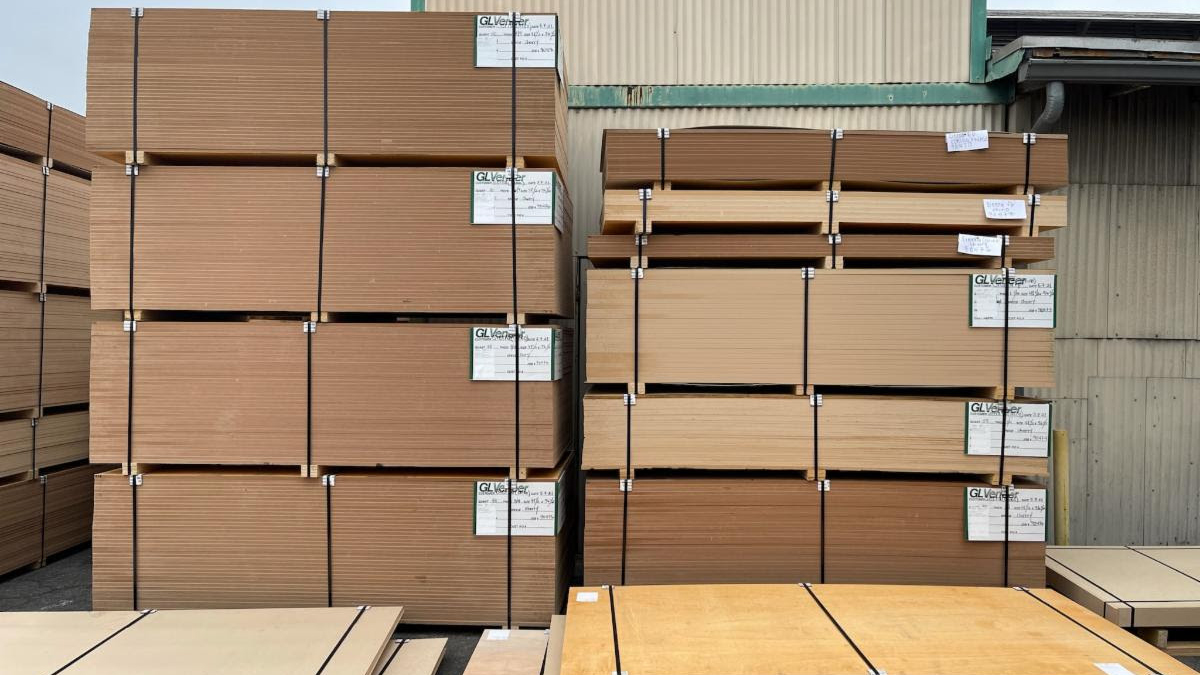
What is Plywood Used For
A reliable material known for its strength and durability over time, plywood is the go-to choice for many interior (non-structural) and exterior (structural) applications. For either category, plywood is available in a variety of thicknesses and sizes.
Used for exactly for what the name implies, exterior plywood is made specifically for outdoor applications like exterior walls, roof lining, and outdoor furniture. It’s even made to be water-resistant so it can withstand even the harshest elements.
On the other hand, interior plywood is used for more design-driven, decorative applications, a near-endless list of uses that includes shelving, cabinets, flooring, and walls inside your home, office, or retail space. Which, no surprise, means it’s less weather resistant. So, interior plywood shouldn’t be used for projects that would inherently expose it to the elements for extended periods of time.
What is A Plywood Made of?
Of all the various forms plywood can take, they all share one fundamental, common trait — they’re all made from some type of wood product. That said, there are a variety of ways wood can be manufactured or conformed to create the panels, leading to a variety of types of interior plywood. Including the four most popular products used at GL Veneer.
The 4 Most Popular Plywood Panel Cores
The wood surface – or “wood veneer” – you see on plywood rarely represents the material that the inner “core” or “substrate” is made of. And while that “outer” beauty is what creates a lasting visual impression, the truth is this: What really counts is what’s inside your plywood. That inner, foundational core significantly affects the performance of the plywood panel — which in turn can affect the appearance. The core’s construction determines the plywood’s strength, stability, resistance, and screw-holding abilities.
Over the years, the technology used to manufacture hardwood plywood cores has evolved greatly. And grown more environmentally friendly. The plywood cores mentioned below are lamination grade – ready for veneering – on both the face and back of the panels.
MDF Core
Short for “Medium Density Fiberboard,” MDF offers the most consistent plywood panel core in terms of thickness and flatness — and is available in both moisture-resistant and fire-rated options. Just as impressive, MDF is so environmentally friendly it’s earned a 100% FSC certification.
One of the heavier plywood options, a ¾” 4×8 MDF panel weighs about 96 lbs. On both the face and back, the veneer is glued directly to the MDF Core without needing a crossband veneer, making it a tried-and-true industry product that we spec every day at GL Veneer. Things to love about MDF include:
- Most uniform thickness and consistency
- Easy to machine and edge band
- Used in high-end architectural millwork applications, case goods, and furniture
Veneer Core
Considered by some as the best panel you can buy, Veneer Core is constructed in a variety of internal veneer plies, but the most common are Fir, Pine, and Birch. In this manufacturing approach, layers of veneer are stacked on top of one another – in alternating grain directions – then glued together to form a powerful, durable panel. What’s particularly great is the thickness of Veneer Core can be manufactured to meet the requirements of the project, with that thickness determining the number of veneer layers. For example, it takes 13 plies of veneer to create a ¾” thick panel.
What is particularly attractive about Veneer Core – and coveted by many woodworkers – are its crisp, clean, appearance-grade edges — an aesthetic quality you WILL NOT find in materials sold at the big box retailers. The edges of Veneer Core are so visually appealing, some woodworkers like to leave them exposed as a design detail.
Strength-wise, no other type of panel can match a Baltic Birch Veneer Core’s screw-holding capability. It is generally used in higher-end applications in which structural integrity and stunning eye appeal equally important. Consider Veneer Core plywood if you value these traits:
- The best screw-hold ability
- Excellent weight-bearing strength
- Lighter in weight than any other core
Particle Board Core
The fundamental difference between Particle Board and other core types is the size of the wood fibers used to manufacture them. In Particle Board, they’re larger and less refined, especially compared to the fibers found in MDF.
While Particle Board panels are constructed similarly to MDF panels, and lay flat like MDF panels, the larger wood fibers of Particle Board don’t offer the same screw-holding strength of other cores, including MDF. However, the surface of Particle Board does retain a nice smooth surface, ready for any veneer or laminate to be overlaid onto it.
As you may imagine from this description, Particle Board is a lower cost, lower weight option, which does appeal to many fabricators. Other highlights of Particle Board include:
- The least expensive of all core types
- Widely used in furniture and cabinetry
- And eco-friendly material that repurposes wood waste
Combination Core
The name says it all — Combination Core is a combination of Veneer Core on the inside and MDF on the outside.
Tough as nails, Combination Core is called different names throughout the industry, including “ProCore” and “Classic Core”. Whatever name you prefer, Combination Core is the perfect choice when a project calls for consistent flatness, strength, and integrity — but not the weight of an MDF or Particle Board core. Leveraging the dense exterior of MDF and the internal screw-holding ability of the Veneer Core, Combination Core is a favorite among mill workers.
Offering the smooth appearance of an engineered core, this type of plywood is ideal for custom cabinetry, casework, and furniture applications. And you’ll love it for these reasons:
- The smooth appearance of an engineered core
- Ideal for custom cabinetry, casework, and furniture applications
- Lighter weight with great screw-holding ability
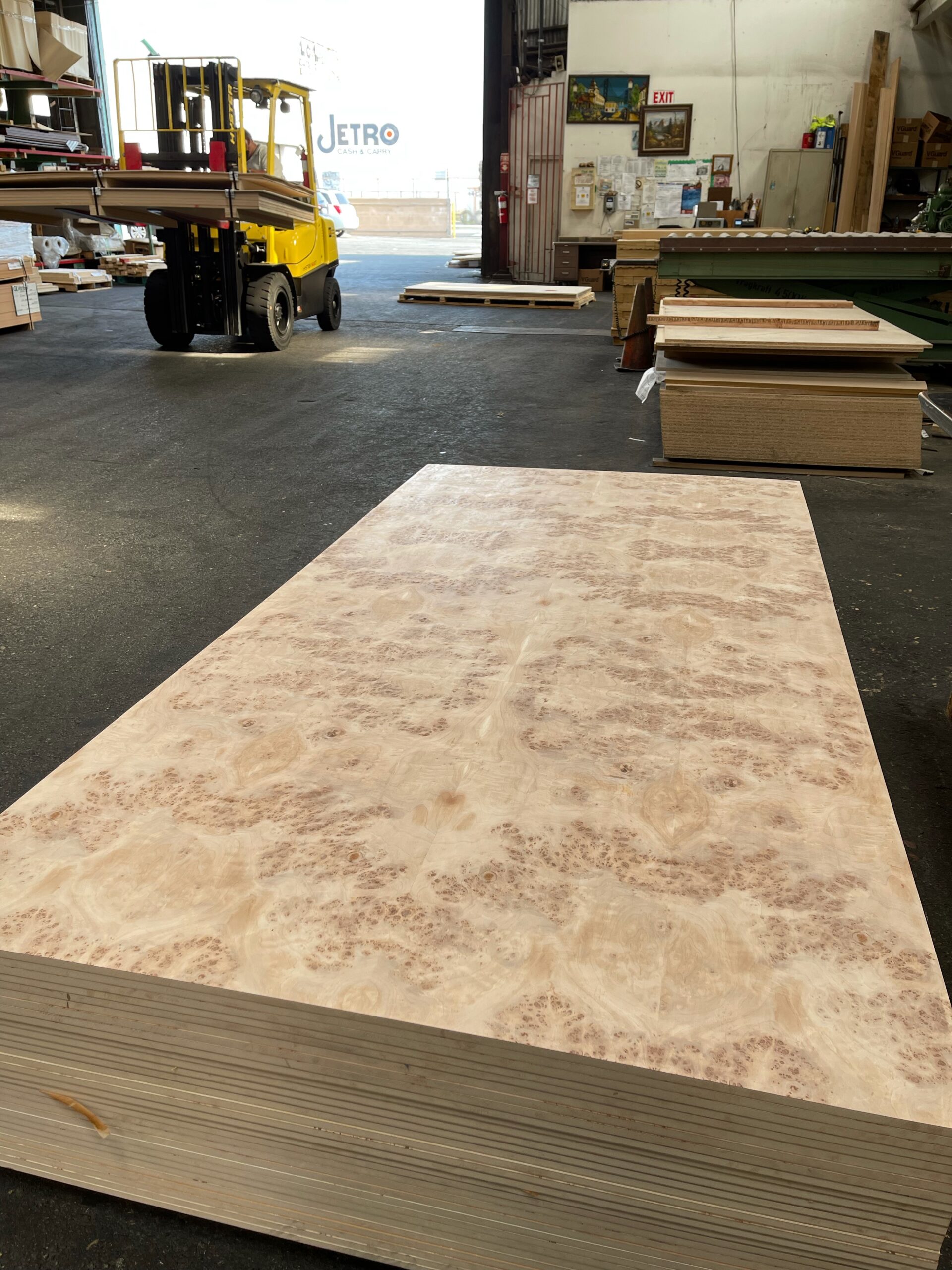
Custom Plywood
In general, plywood comes available in stock sizes — 4×8, 4×10, and 4×12. The challenge is not many projects are “off-the-shelf” designs. Most require at least some custom-sized plywood that you won’t find in stock inventory. With nearly 50 years of experience laminating plywood panels, we’ve been around the block more than once at GL Veneer. So we know to carry more than the typical stock sizes of plywood. And if we don’t have what you need in stock, we have the connections and relationships to source it quickly — in any thickness or dimension. All you have to do is ask.

How to Order Plywood Online
With GL Veneer, you’ve got a true partner in meeting your needs. We’re a one-stop shop offering the most extensive inventory of wood species, every type of plywood core, the highest quality material, and the best overall pricing in the market today.
What’s more, we make it super convenient. You can order your finished, project-ready plywood directly from us, or – like many of our customers – through one of our many dealers around the country. Whatever works best for you.
And we think you’ll find it super easy when you follow this straightforward, 5-step process:
- Choose your type of veneer
- Select your substrate (core)
- Determine the thickness/dimension of your plywood
- Find your local distributor
- Submit your architectural drawings for takeoffs if possible
Whether it’s transported by truck, train, ship, or plane, rest assured that any GL product you purchase will be properly packaged and arrive in perfect condition. We build different packages depending on where the panels are headed. And for LTL shipments traveling a long distance, we build what we refer to as “bulletproof crates,” designed with every precaution to ensure the safe arrival of your hand-crafted products. And it’s all overseen by our dedicated, responsive logistics team, who ensure safe and timely delivery to your commercial or residential space.


